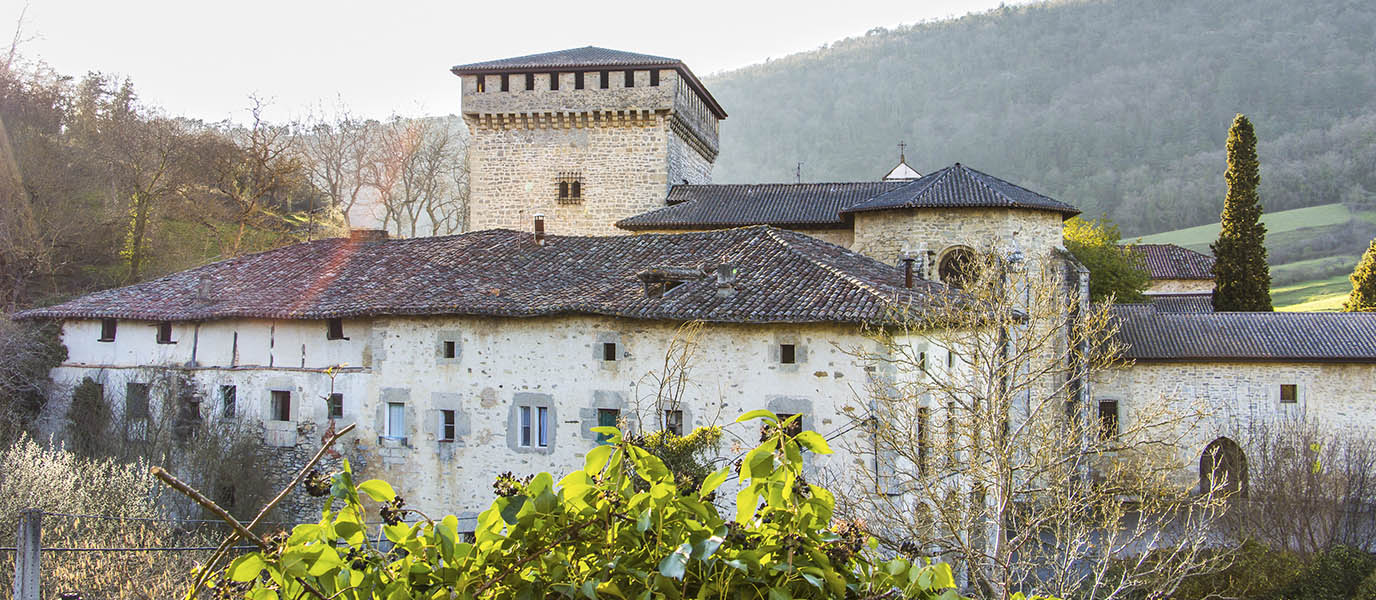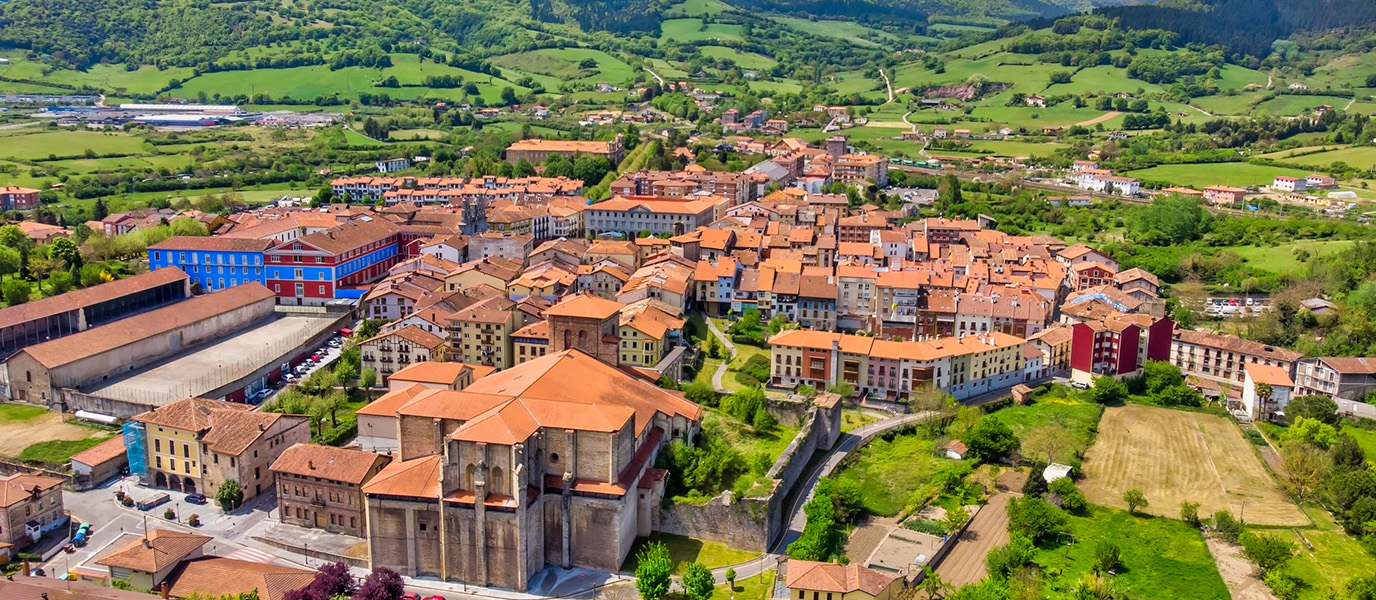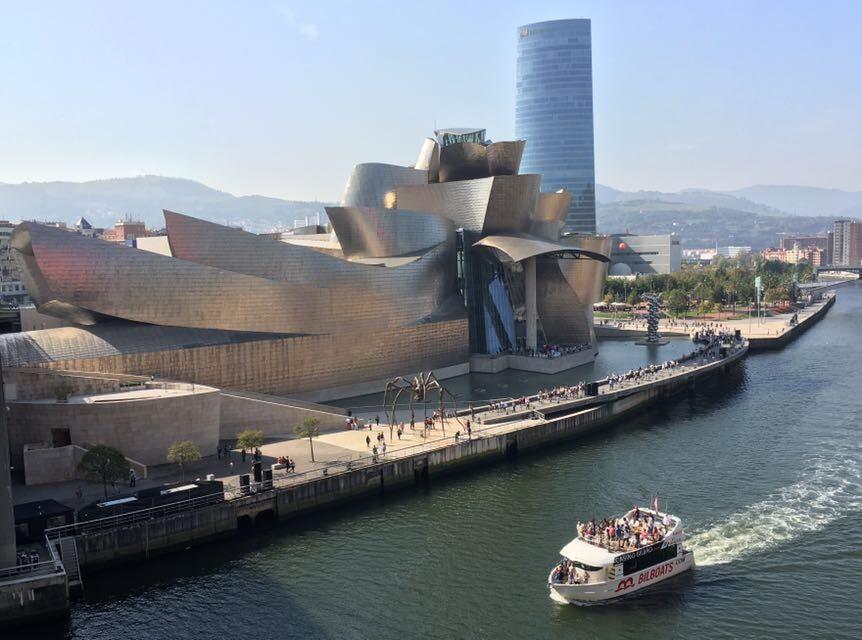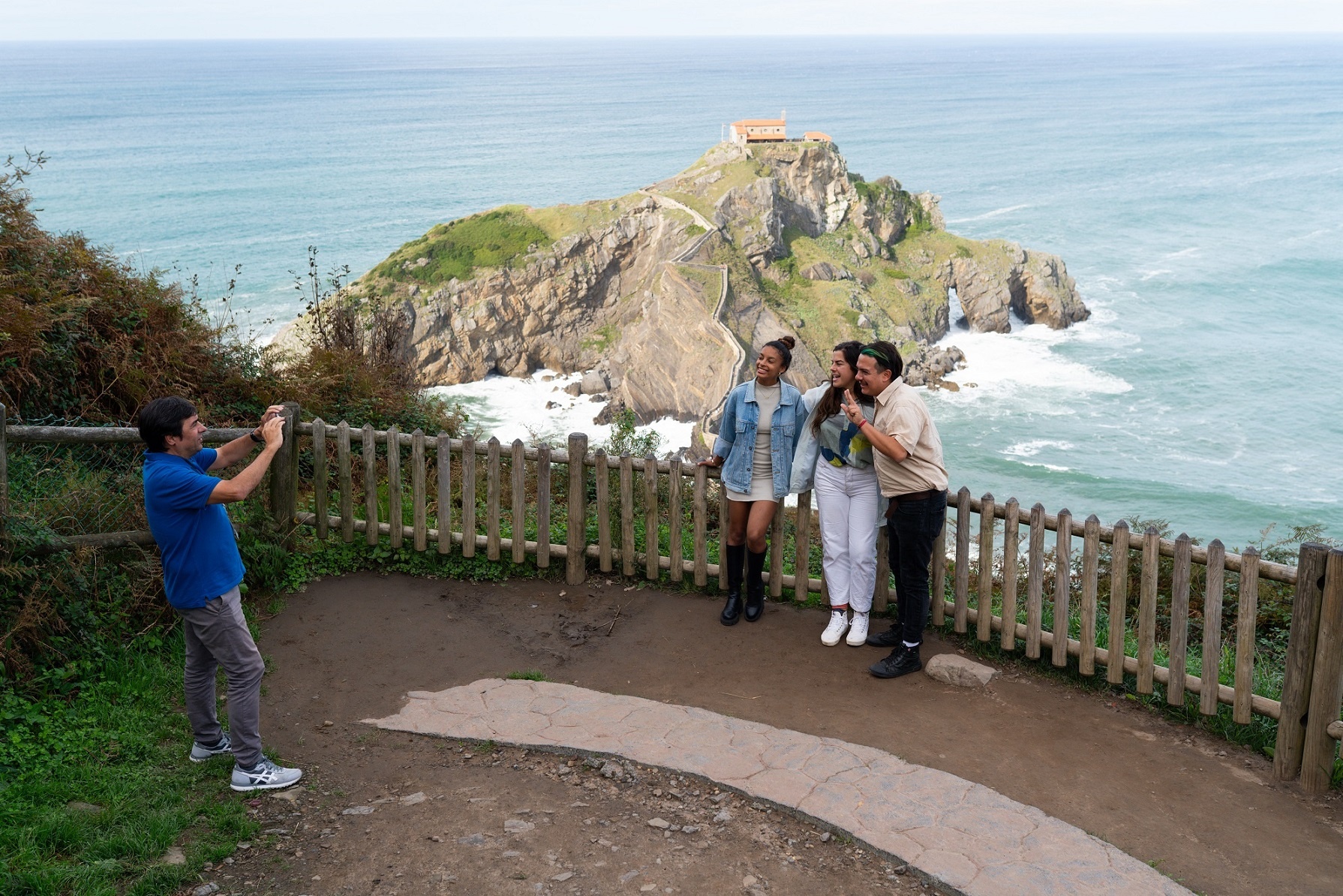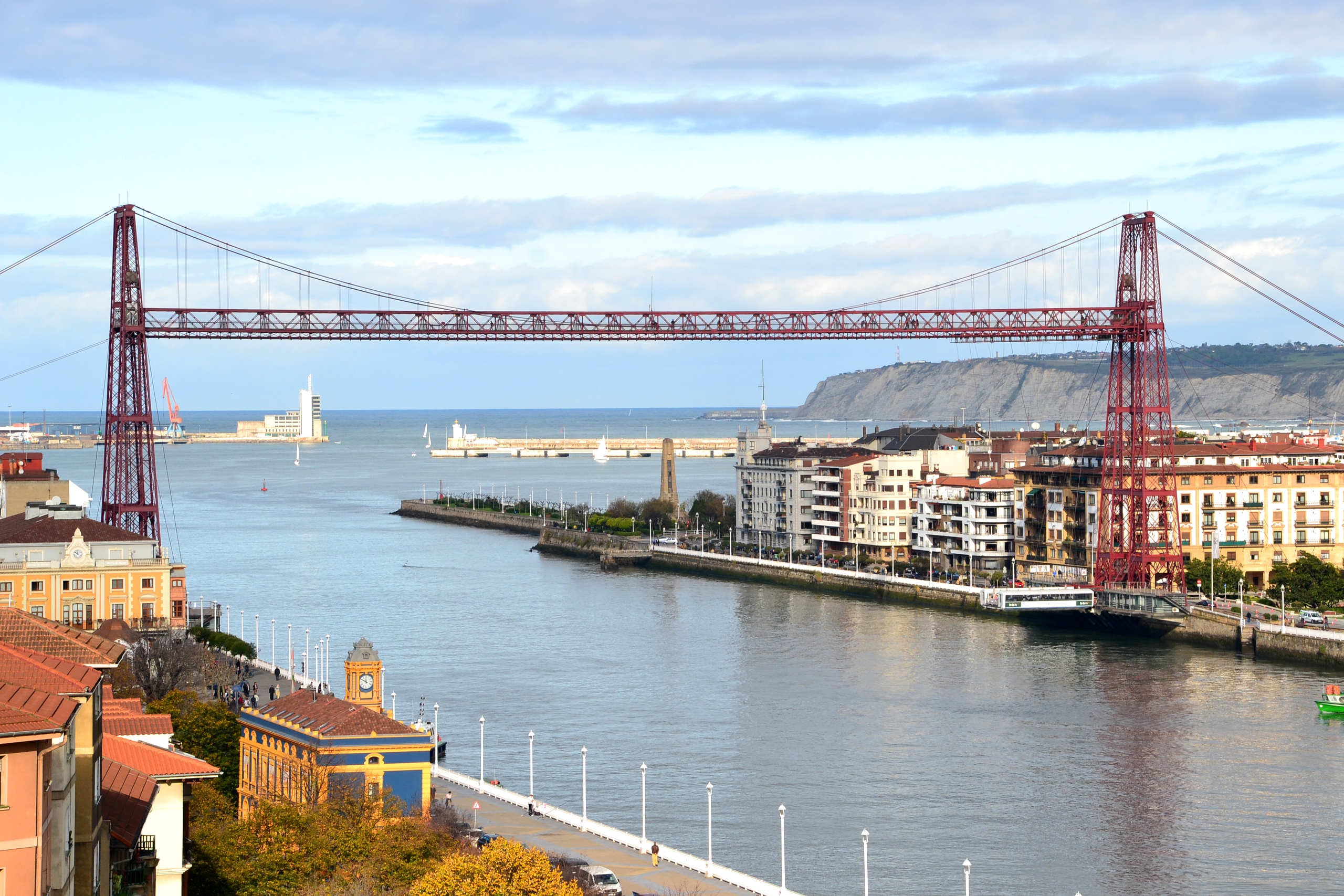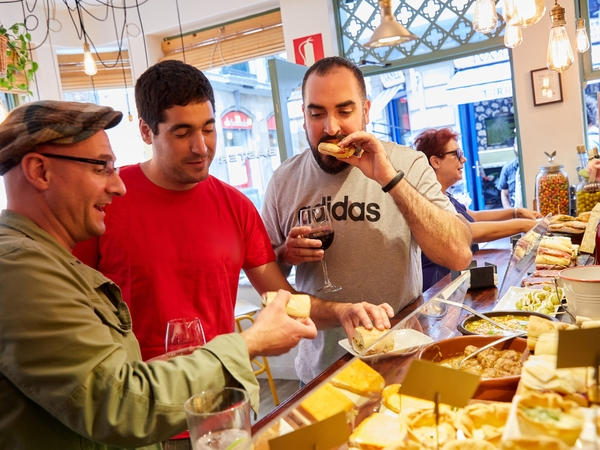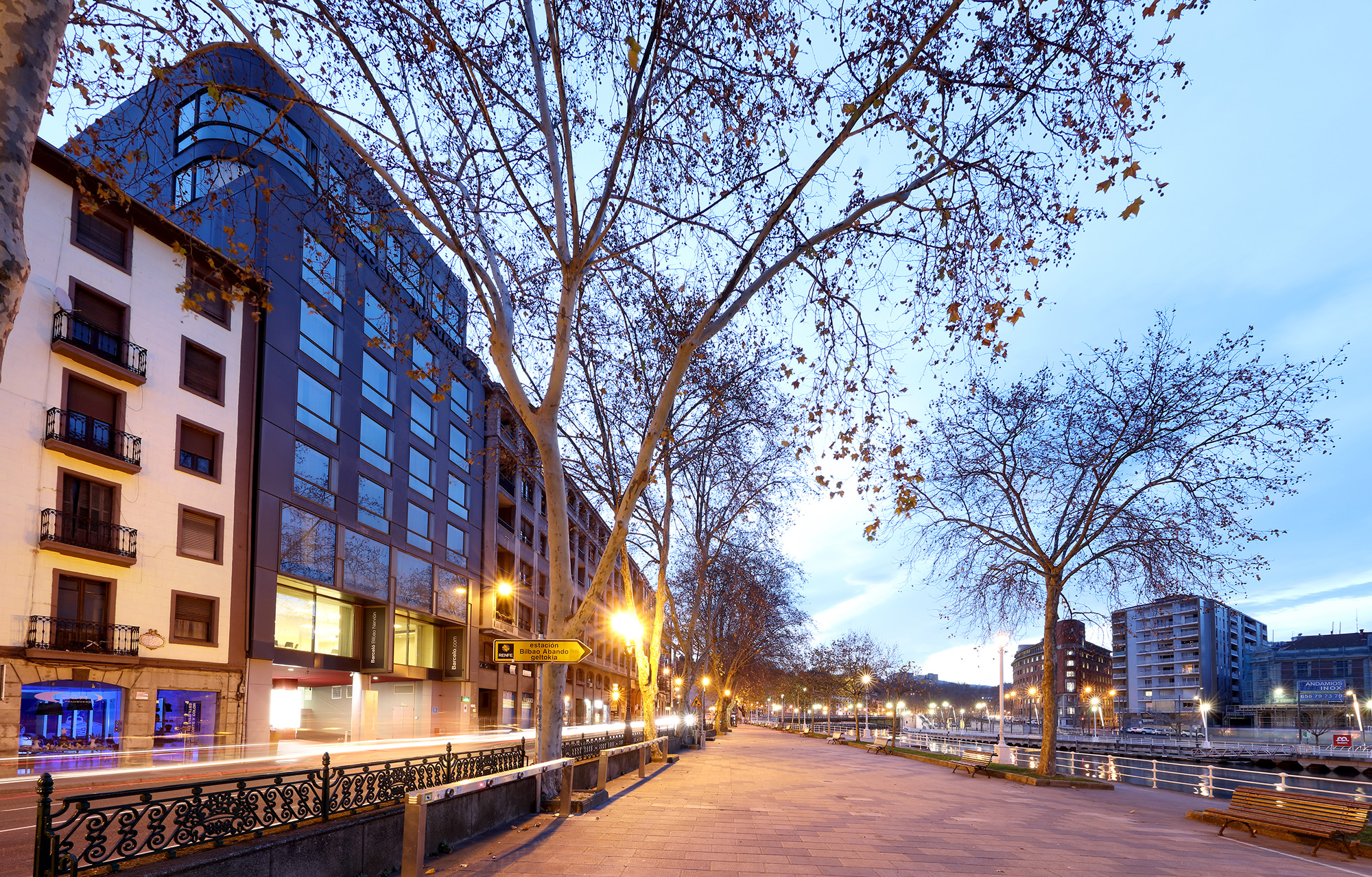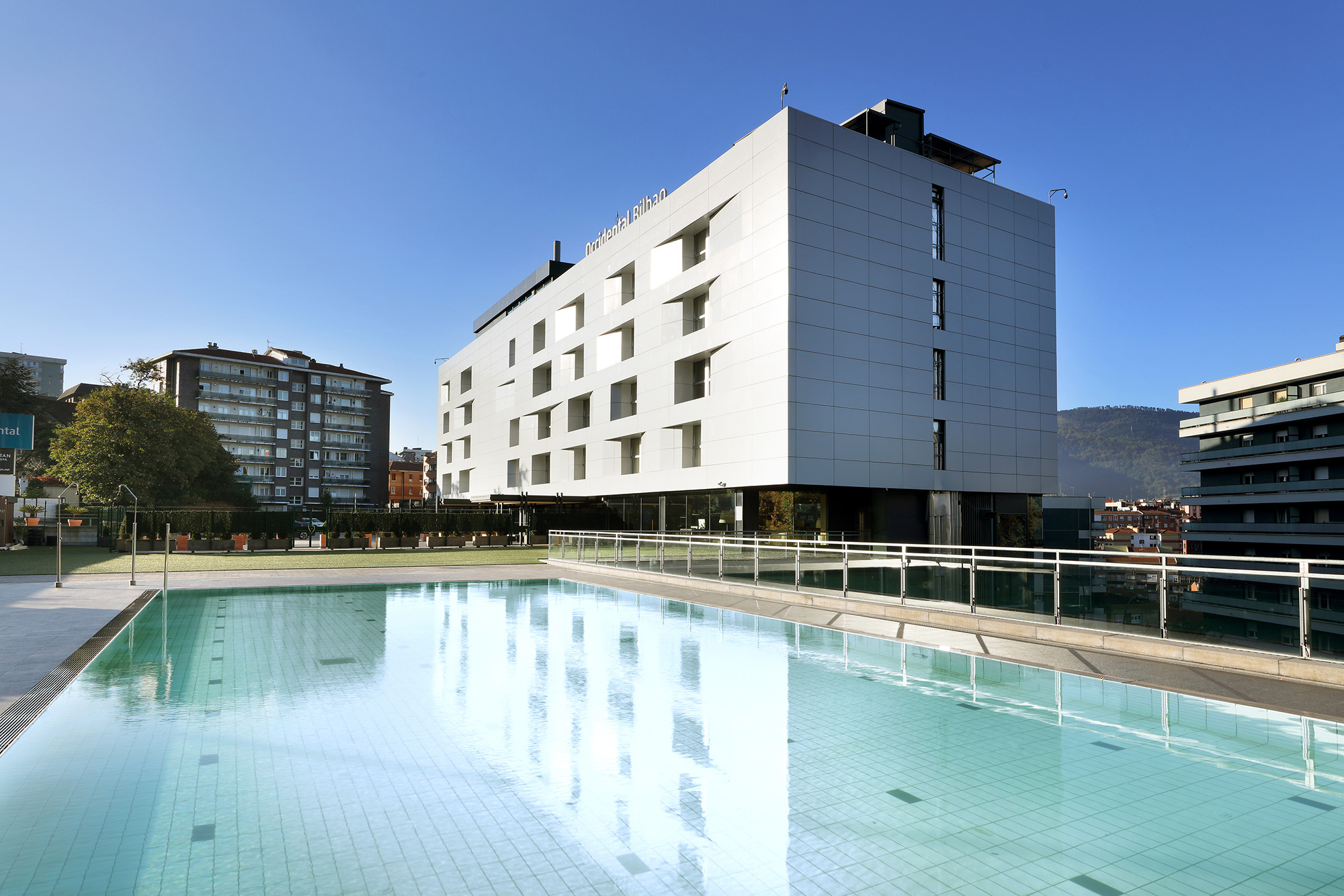The Quejana Monumental Complex is one of the best kept secrets of the Ayala Valley in Álava. This historic site, dating back to the 14th and 15th centuries, stands as a testament to the wealth and power of the Ayala family, one of the most influential in the Basque Country during the Middle Ages. Quejana not only preserves a fascinating architectural legacy—represented by its fortified tower, convent and church—but also offers visitors a chance to immerse themselves in a natural setting full of charm and mystery.
History of Quejana: the fortress of the influential Ayala family
The history of Quejana, the architectural jewel in Álava’s crown, is closely tied to the powerful Ayala family, who dominated the region’s politics and culture during the Middle Ages. In the 14th and 15th centuries, the Ayala family were known both for their military role and their management skills, serving as loyal allies to the Crown of Castile and playing a key part in the factional struggles that swept through the Basque Country.
The Quejana Monumental Complex, also known as the Ayala Palace, began to take shape in the 14th century under the guidance of Fernán Pérez de Ayala, the family patriarch, who built it as their residence and a symbol of their power. Over the centuries, Quejana became more than just a manor house; it was a bastion of political influence and a spiritual haven. In fact, this place was crucial in consolidating the Ayala family’s hold over the region, bringing together earthly and religious power in one location.
The most famous member of this family, Don Pedro López de Ayala, was born here. This chronicler, poet, diplomat and politician left an indelible mark on Spanish and European medieval literature, and his chronicles of the kings of Castile are considered some of the most important in Spanish medieval historiography. Quejana was his refuge and also the place where he had a funeral chapel built, which still preserves the remains of several family members, including Pedro López de Ayala himself and his wife, Leonor de Guzmán. This site was not only a centre of political power but also a place for reflection and spirituality. The convent of Dominican nuns, still standing on the grounds, emphasises this religious aspect, highlighting the deep connection between the Ayala lineage and the Catholic Church.
In 2002, the historical and cultural importance of the Quejana Monumental Complex was formally recognised when it was declared a Cultural Asset, which demonstrates its significance in the history of the Basque Country.
What to see at the Quejana Monumental Complex: a stroll among Ayala fortresses and chapels
The Quejana Monumental Complex is a gem of Álava’s heritage, featuring several buildings that offer a unique insight into the Basque Country’s medieval history. This enclave gives visitors a special chance to step back in time and experience the life of nobility and the religious devotion of the era.
Ayala Tower: an imposing watchtower dating back to the 14th century
The most remarkable structure in the complex is undoubtedly the Ayala Tower, also known as the Virgen del Cabello Tower—a fortified tower that served both as a noble residence and as a defensive bastion. Built by Chancellor Pedro López de Ayala in 1399 atop an earlier structure, it’s a sturdy square tower with a crenellated top.
He established his funeral chapel within it, where his Renaissance-style alabaster funerary sculpture is preserved, along with that of his wife Leonor de Guzmán, as well as the recumbent statues of his parents, Fernán Pérez de Ayala, who built the complex, and Elvira Álvarez de Ceballos.
This tower, with its sturdy walls, stands with quiet authority over the valley landscape, reminding travellers of its historical role in protecting the Ayala family from potential threats and conflicts. Inside, now restored, you’ll find exhibitions detailing the history of the family and the complex, along with an impressive panoramic view from the top, offering stunning sights of the surrounding landscape.
Convent of the Dominican Mothers: the eternal resting place of Chancellor López de Ayala
Another important point on the tour of the Quejana Monumental Site is the Convent of the Dominican Mothers, founded by Fernán Pérez de Ayala, the Chancellor’s father, on 2 December 1378, as a place of retreat and spirituality for the nuns of this order.
It is one of the oldest convents of its kind in the region. The convent also houses an exceptional collection of sacred art, with pieces ranging from medieval carvings to reliquaries and ancient manuscripts, offering visitors a glimpse into the religious devotion of the time.
The building was damaged by fire in the 16th century and has undergone several renovations, most notably in the 18th century. The last nuns of Quejana left for the Dominican convent in San Sebastián in 2008.
Church of San Juan Bautista and the cloister: a tranquil place for reflection
Next to the convent stands the Church of San Juan Bautista with its adjacent cloister. Although records indicate that this parish church has existed since the 11th century, the building currently standing was built at the beginning of the 1500s. The church is home to an intriguing collection of Baroque altarpieces and the tombs of Fernán López de Ayala and María de Sarmiento, the children of Chancellor López de Ayala.
The cloister, with its simple architecture and small central garden, invites visitors to take a stroll and reflect in a setting that appears almost untouched since medieval times. The church itself preserves several original elements that reflect the religious fervour of Quejana’s residents, with architectural details blending Gothic and Renaissance styles, carefully restored to maintain their authenticity.
Surroundings and visits nearby: discovering the Ayala Valley beyond Quejana
Beyond the monumental site, the Ayala Valley offers a wide range of opportunities for travellers eager to explore the region. Nestled between mountains and green hills, this valley is a peaceful retreat that combines heritage, nature and gastronomy.
Just a few kilometres from Quejana lies Artziniega, a charming village with a medieval old town that’s well worth a visit. With its cobbled streets and traditional architecture, Artziniega is a perfect addition to a visit to Quejana, featuring a variety of museums and local cuisine that won’t disappoint.
Gorbea Natural Park, the largest in the Basque Country, is another major attraction nearby. Ideal for nature and hiking enthusiasts, this park offers trails for all levels and ages, with landscapes that range from dense beech and oak forests to waterfalls and scenic viewpoints. From the summit of Mount Gorbea, the park’s highest point, you can enjoy a panoramic view that spans the Ayala Valley and the nearby mountain ranges.





























































